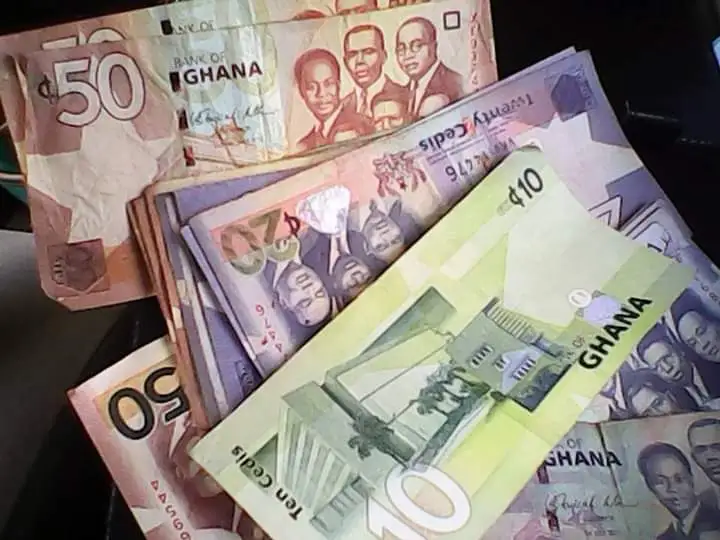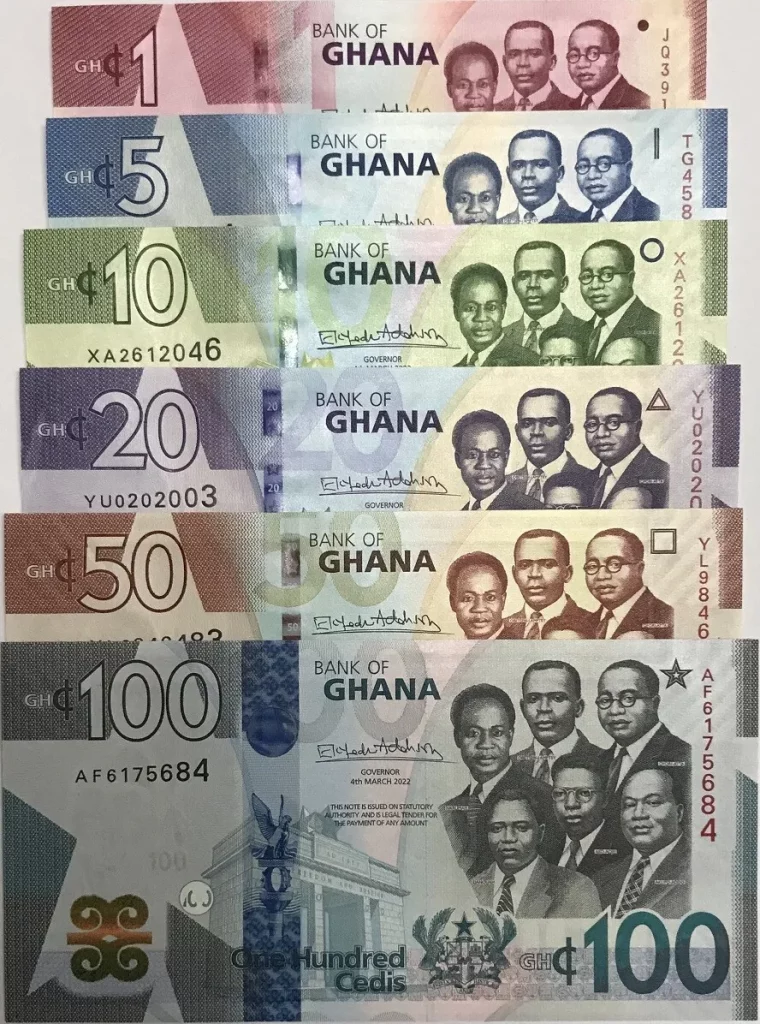Prempeh II Jubilee Museum and Ghanaian Currencies: A Glimpse into Ghana’s Royal Heritage
The Prempeh II Jubilee Museum, located in Kumasi, Ghana, stands as a cultural gem that chronicles the rich history and royal heritage of the Ashanti Kingdom. Named in honor of Otumfuo Sir Osei Agyeman Prempeh II, the 13th Asantehene (king) of the Ashanti people, the museum offers visitors a captivating journey through time, showcasing artifacts, regalia, and historical exhibits. Let’s explore the significance and treasures held within the walls of the Prempeh II Jubilee Museum.
Preserving Ashanti Heritage:
The museum was established in 1957 to commemorate the 50th anniversary of the reign of Asantehene Prempeh II. Its primary mission is to preserve and showcase the cultural heritage of the Ashanti people, one of Ghana’s most prominent ethnic groups. The Ashanti Kingdom has a storied history, known for its rich traditions, skilled craftsmanship, and influential leaders, and the museum serves as a repository of this heritage.
Exhibits and Artifacts:
The Prempeh II Jubilee Museum boasts an extensive collection of artifacts that provides a comprehensive overview of Ashanti history, customs, and royal rituals. Some of the notable exhibits include:
- Regalia of Ashanti Kings: The museum displays the ceremonial regalia worn by Ashanti kings during significant events and rituals. Elaborate gold ornaments, royal attire, and symbolic accessories highlight the craftsmanship and artistic prowess of Ashanti artisans.
- Historical Relics: Visitors can explore historical relics, documents, and photographs that chronicle key events in the history of the Ashanti Kingdom. This includes documentation of the Ashanti-British “War of the Golden Stool” in the early 1900s, a pivotal moment in Ashanti resistance to British colonial rule.
- Traditional Art and Craft: The museum features a diverse collection of traditional Ashanti art and craft, including wood carvings, textiles, and beadwork. These artifacts showcase the creativity and cultural expression of the Ashanti people.
- Symbolism of the Golden Stool: Central to Ashanti identity is the Golden Stool, a sacred symbol of unity and kingship. The museum explores the significance of the Golden Stool and its role in Ashanti governance and spirituality.
Architecture and Location:
The Prempeh II Jubilee Museum is housed in a building that reflects traditional Ashanti architectural elements. The design incorporates elements such as adinkra symbols and decorative carvings, creating a visually striking structure that complements the cultural significance of its contents. The museum’s location in Kumasi, the cultural capital of Ghana, adds to its accessibility and prominence as a cultural institution.

Educational and Cultural Impact:
The museum serves as an educational hub, offering insights into the history, customs, and cultural practices of the Ashanti people. School groups, scholars, and tourists alike visit the Prempeh II Jubilee Museum to deepen their understanding of Ghana’s cultural heritage. The preservation of Ashanti traditions through the museum contributes to cultural continuity and fosters a sense of pride and identity among the Ashanti people.
Tips for Visitors:
- Guided Tours: Consider taking a guided tour to gain a more in-depth understanding of the exhibits and their cultural significance. Knowledgeable guides can provide valuable insights.
- Respectful Photography: While photography is often allowed, be mindful of the museum’s policies and avoid photographing sacred or sensitive artifacts without permission.
- Plan Ahead: Check the museum’s operating hours and any special events or exhibits before planning your visit. This ensures that you make the most of your experience.
- Learn About Ashanti History: Familiarize yourself with key aspects of Ashanti history before visiting to enhance your appreciation of the exhibits.
The Prempeh II Jubilee Museum stands as a testament to the resilience, traditions, and cultural legacy of the Ashanti Kingdom. It invites visitors to embark on a fascinating journey through Ghana’s past, offering a glimpse into the royal heritage that continues to shape the identity of the Ashanti people.
Ghanaian Currencies
economy, boasts a diverse history of currency usage that reflects its dynamic development over the years. From traditional forms of exchange to modern banknotes and coins, Ghanaian currencies have evolved significantly, each bearing a unique story of its own. Let’s delve into the world of Ghanaian currencies, exploring their value, historical significance, and more.
Traditional Forms of Exchange:
Before the introduction of formal currencies, Ghana, like many other regions, relied on various forms of exchange for trade. These included bartering goods and services, as well as using commodities such as cowrie shells, salt, and gold dust as mediums of exchange. These traditional currencies were deeply ingrained in Ghanaian culture and played a crucial role in facilitating trade and commerce.

Introduction of Formal Currencies:
The formalization of currency in Ghana began during the colonial era, with the introduction of British West African currency in the late 19th century. The British pound sterling served as the official currency, circulating alongside indigenous currencies. However, the adoption of the Ghanaian cedi as the national currency marked a significant milestone in the country’s monetary history.
The Ghanaian Cedi:
The Ghanaian cedi, denoted by the symbol “₵” and the currency code “GHS,” has undergone several iterations since its inception. Introduced in 1965 to replace the Ghanaian pound, the cedi has experienced fluctuations in value and multiple revaluations over the years.
- Revaluations: In 1967, the first cedi was revalued at a ratio of 1:10, leading to the introduction of the second cedi. Subsequent revaluations occurred in 1972, 1979, and 2007, with the currency being redenominated to address issues of inflation and currency devaluation.
- Current Status: As of [current year], the Ghanaian cedi remains the official currency of Ghana, with banknotes and coins issued by the Bank of Ghana. The cedi is subdivided into hundredths called pesewas, denoted by the symbol “Gp.”
Value and Exchange Rate:
The value of the Ghanaian cedi fluctuates in response to various factors, including economic conditions, inflation rates, and external market forces. The exchange rate of the cedi against major foreign currencies, such as the US dollar, euro, and British pound, is determined by the foreign exchange market.
- Historical Performance: Over the years, the Ghanaian cedi has experienced periods of stability as well as volatility. Factors such as fiscal policy, international trade, and global economic trends influence its value relative to other currencies.

Commemorative and Special Editions:
In addition to standard banknotes and coins, the Bank of Ghana occasionally issues commemorative and special edition currency to mark significant events or honor notable individuals in Ghanaian history. These limited-edition currencies often feature unique designs and serve as collectible items cherished by both locals and collectors worldwide.
Conclusion:
The evolution of Ghanaian currencies reflects the country’s economic progress, cultural heritage, and global interconnectedness. From traditional forms of exchange to modern banknotes and coins, each currency tells a story of Ghana’s journey towards economic prosperity and financial stability. As Ghana continues to thrive in the global economy, its currencies will undoubtedly play a pivotal role in shaping its future trajectory.
In summary, Ghanaian currencies embody the spirit of resilience, innovation, and national pride, serving as symbols of the nation’s identity and progress on the world stage.
